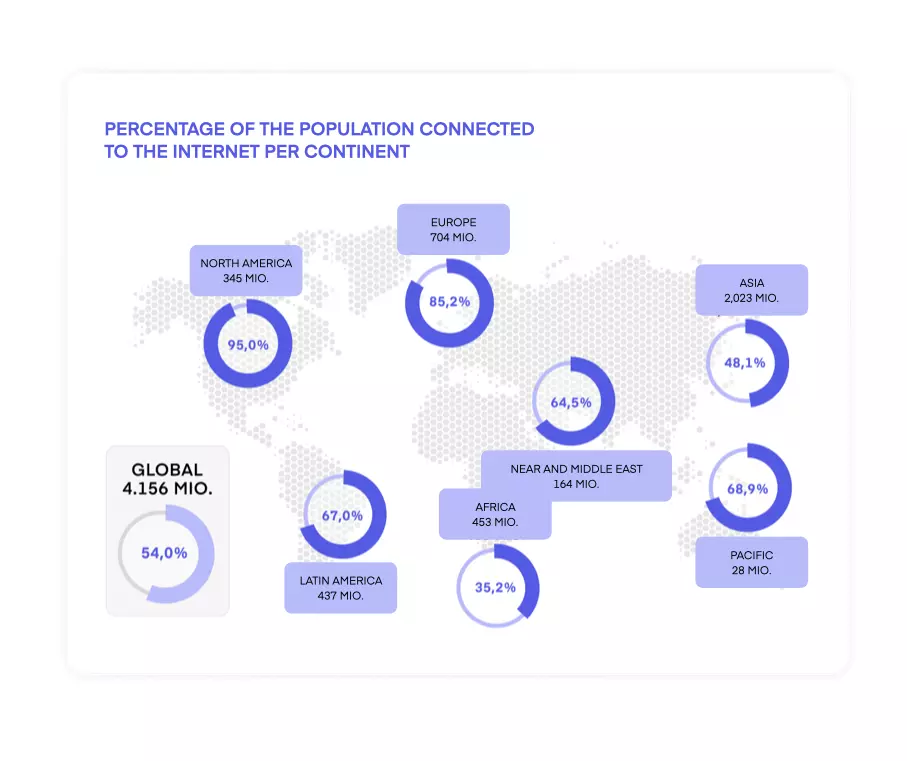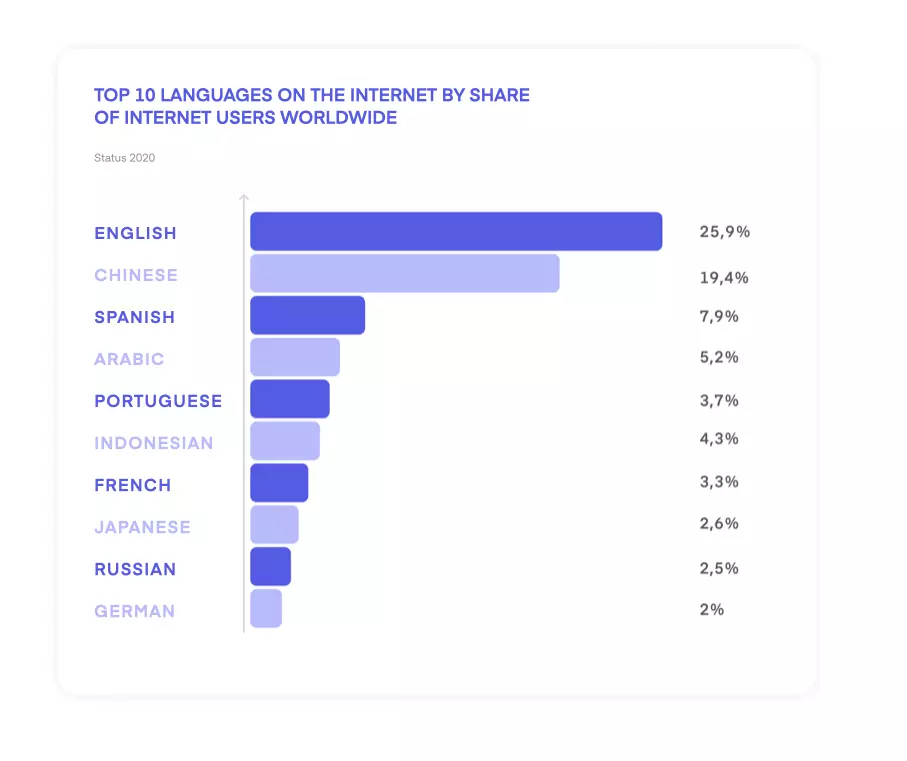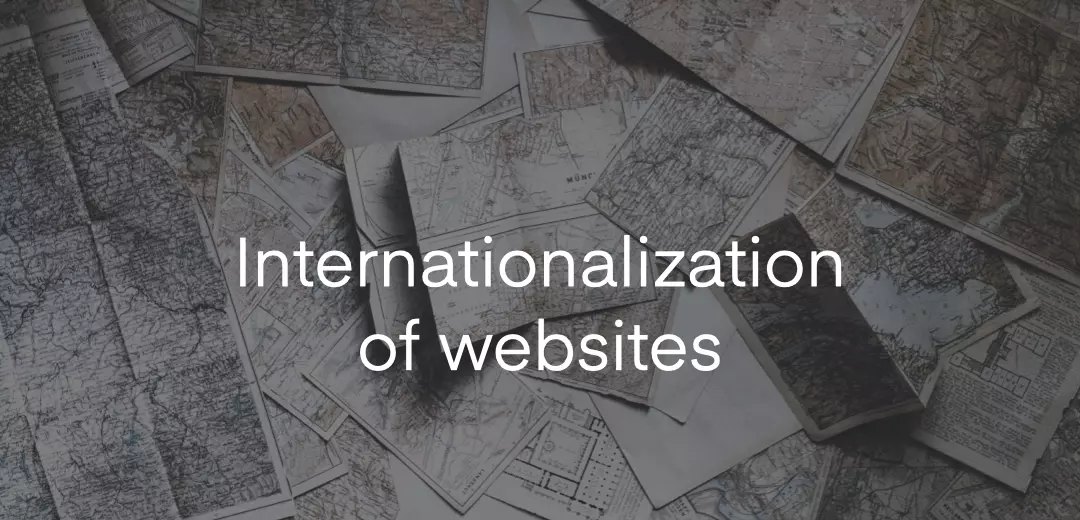INTERNATIONALIZATION OF WEBSITES
- AN OVERVIEW
The Internet has been expanding rapidly for years, is becoming increasingly important and digitalization is a major topic not only in Germany. Internet users are placing ever greater value on websites in their native language. A total of 10 languages reach almost 80% of users. The internationalization of websites no longer represents a significant additional expense, particularly due to the wide spread of knowledge and technology in recent years.
In our blog article "Internationalization - An introduction to the term", we have already talked about the general definition of internationalization as well as the reasons, possibilities, advantages and disadvantages.
Now let's take a look at the internationalization of websites in particular.
INTERNATIONALIZATION OF A WEBSITE - WHAT IS IT?


The internationalization of the company website ensures that the website architecture, platforms and workflows are suitable for multiple cultures and languages.
It is important to note that a pure 1:1 translation of the page content, as well as a direct transfer of products and services, often does not lead to the desired success. On the contrary. This can often have negative consequences. For example, there are other symbols in other cultures that are generally known on the German market but are considered offensive in other countries. Or a product or service is very successful in the home country, but would not be accepted in the target market. The same applies to 1:1 translations of website content. Because what achieves good Google results in the home country does not necessarily work in another language.
It is therefore important to carry out an intensive analysis of the target market and your own website before internationalizing websites in order to find out which languages should be offered. An internationalization strategy can then be used to determine clear goals and a clear approach.





